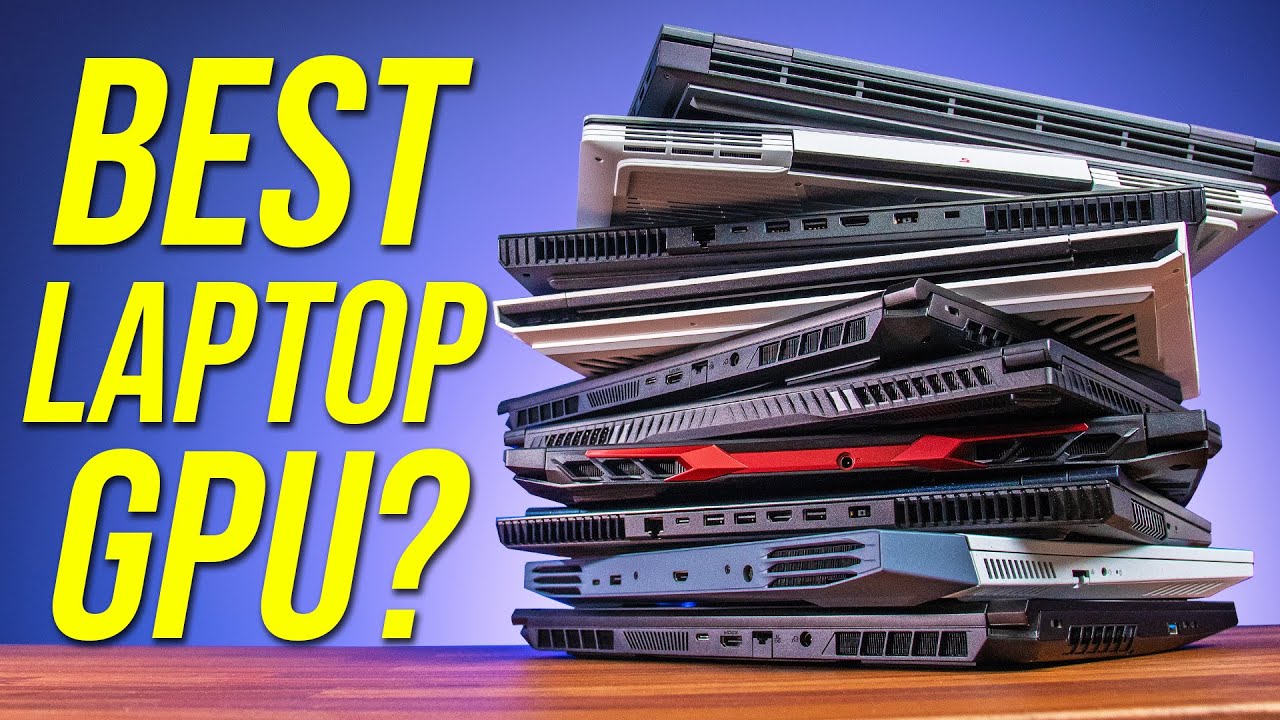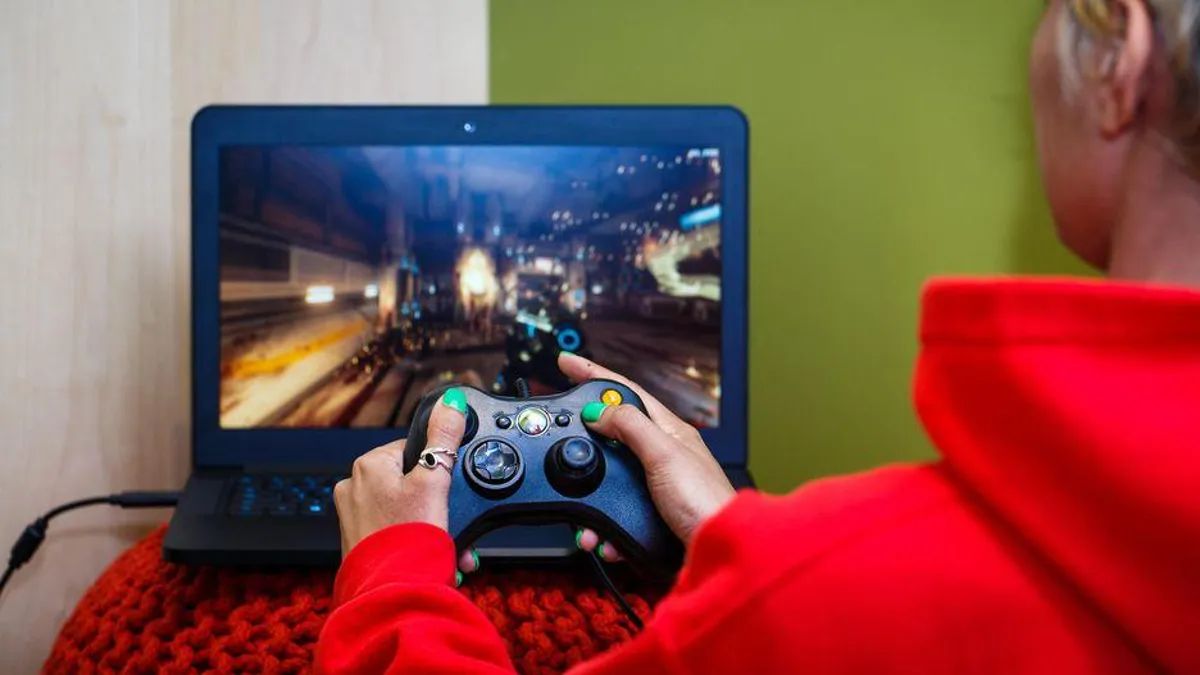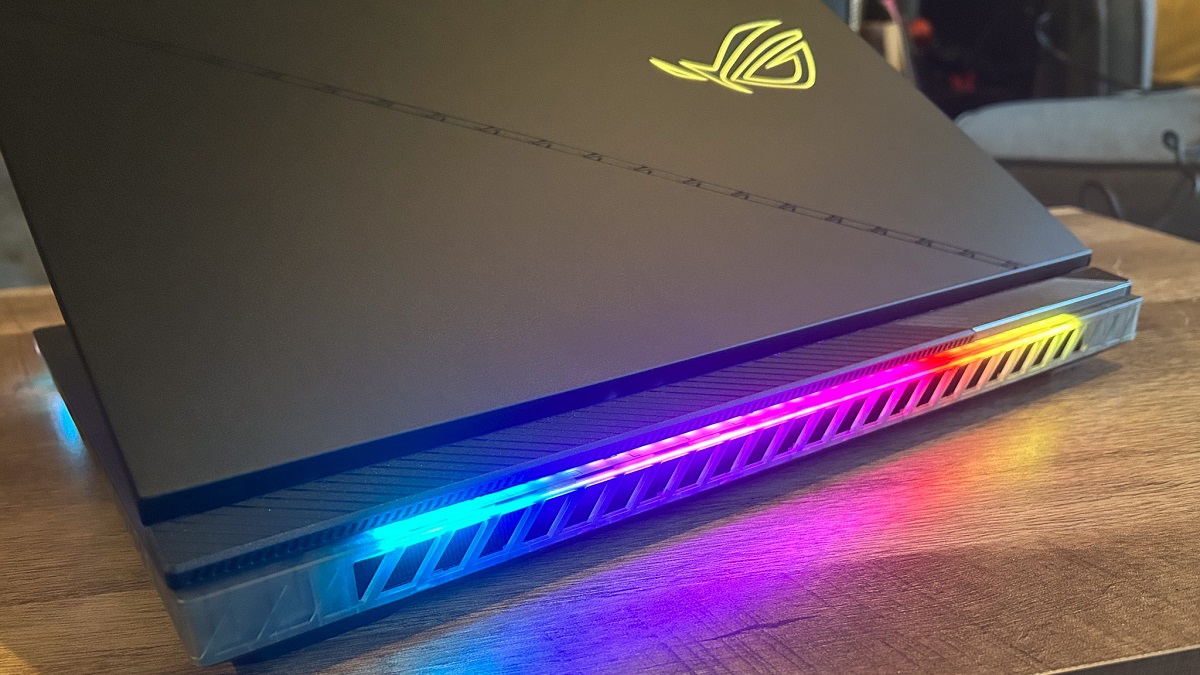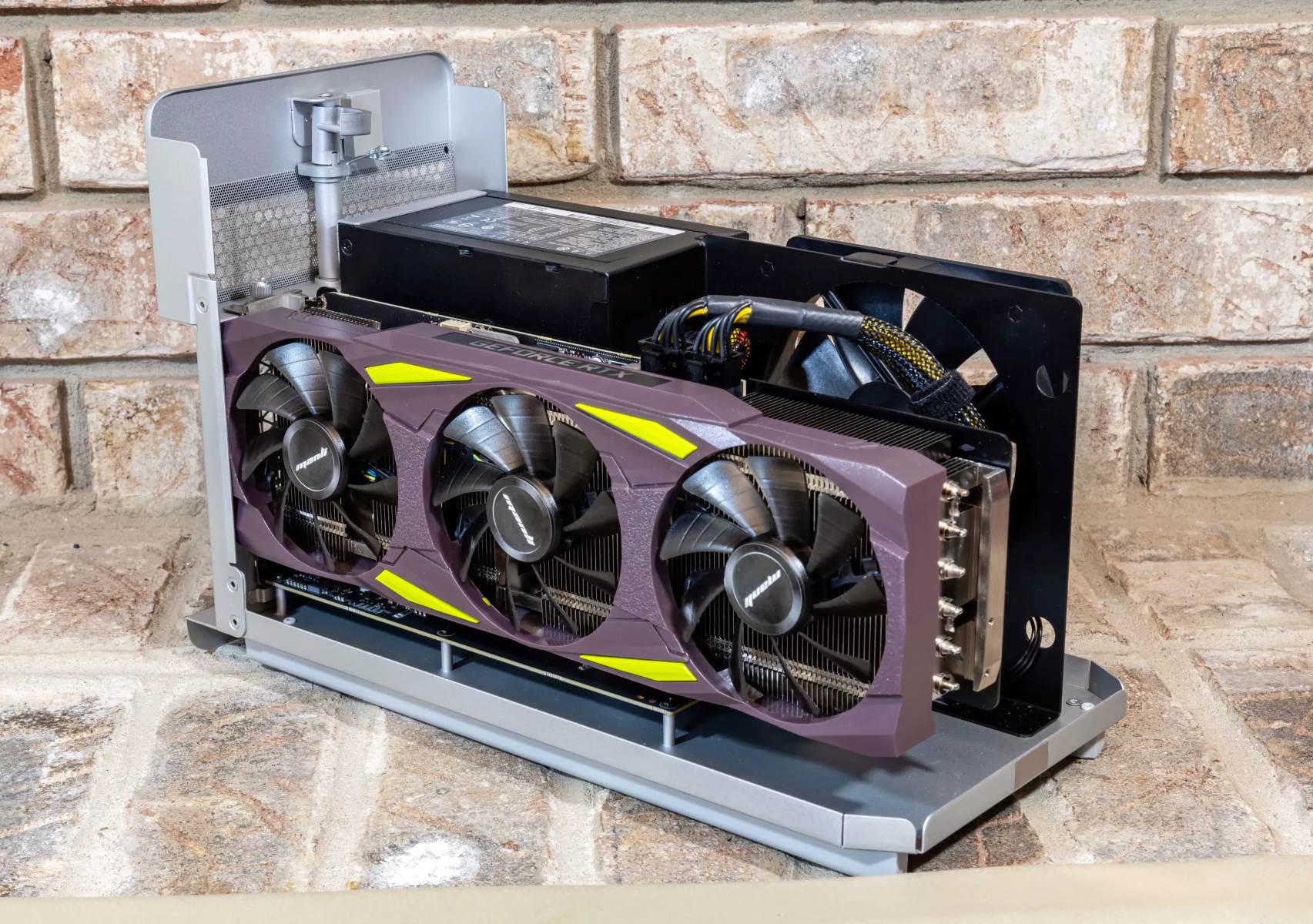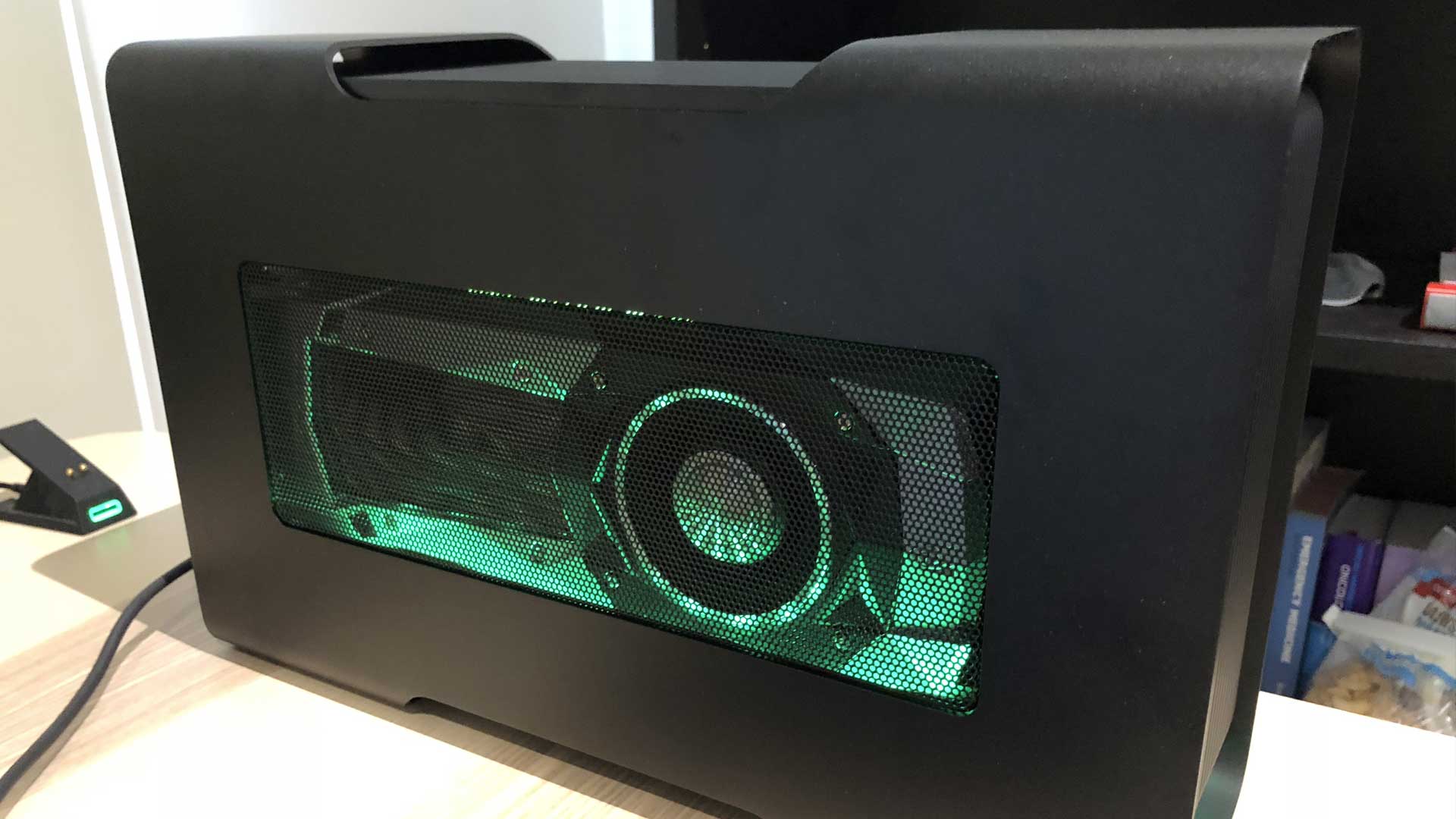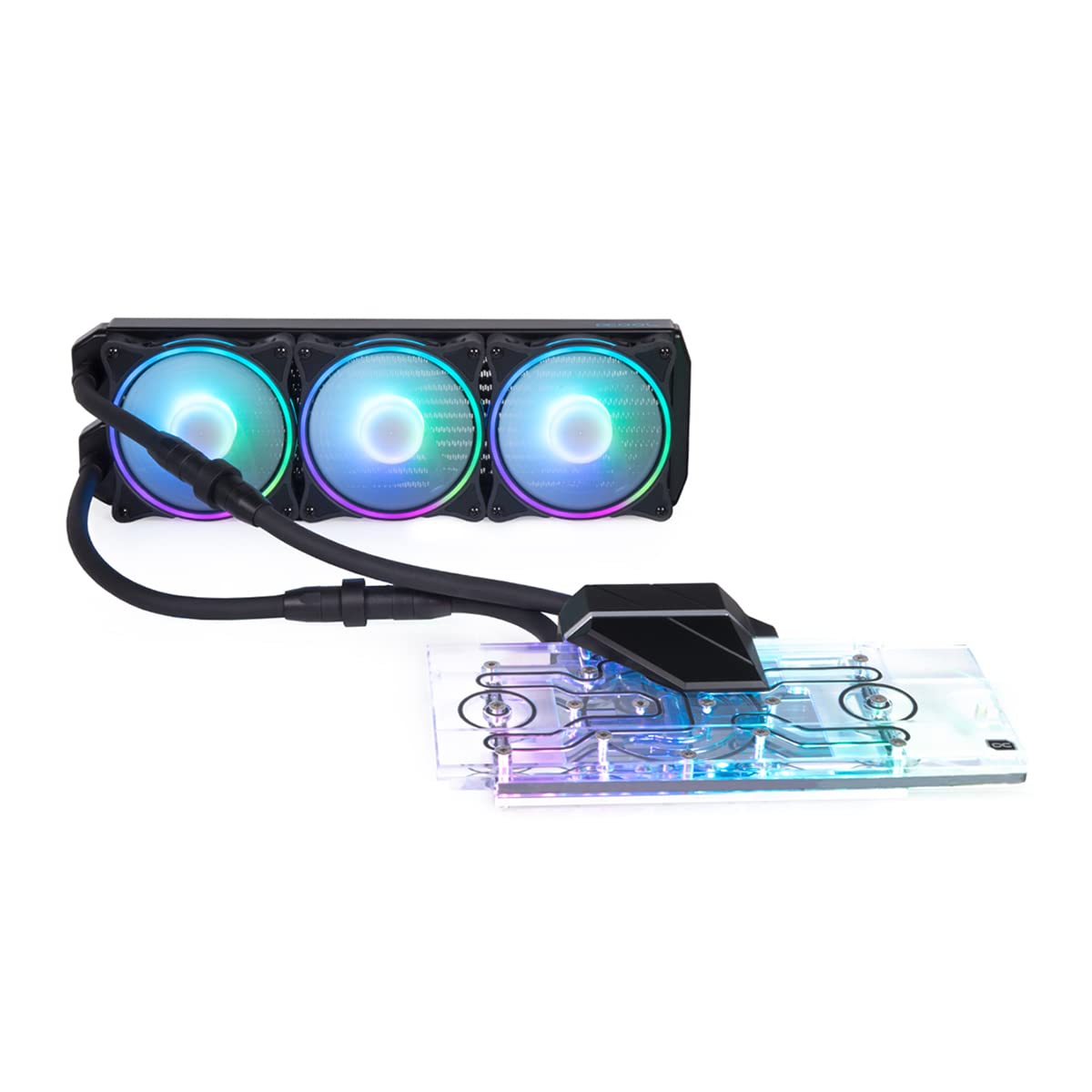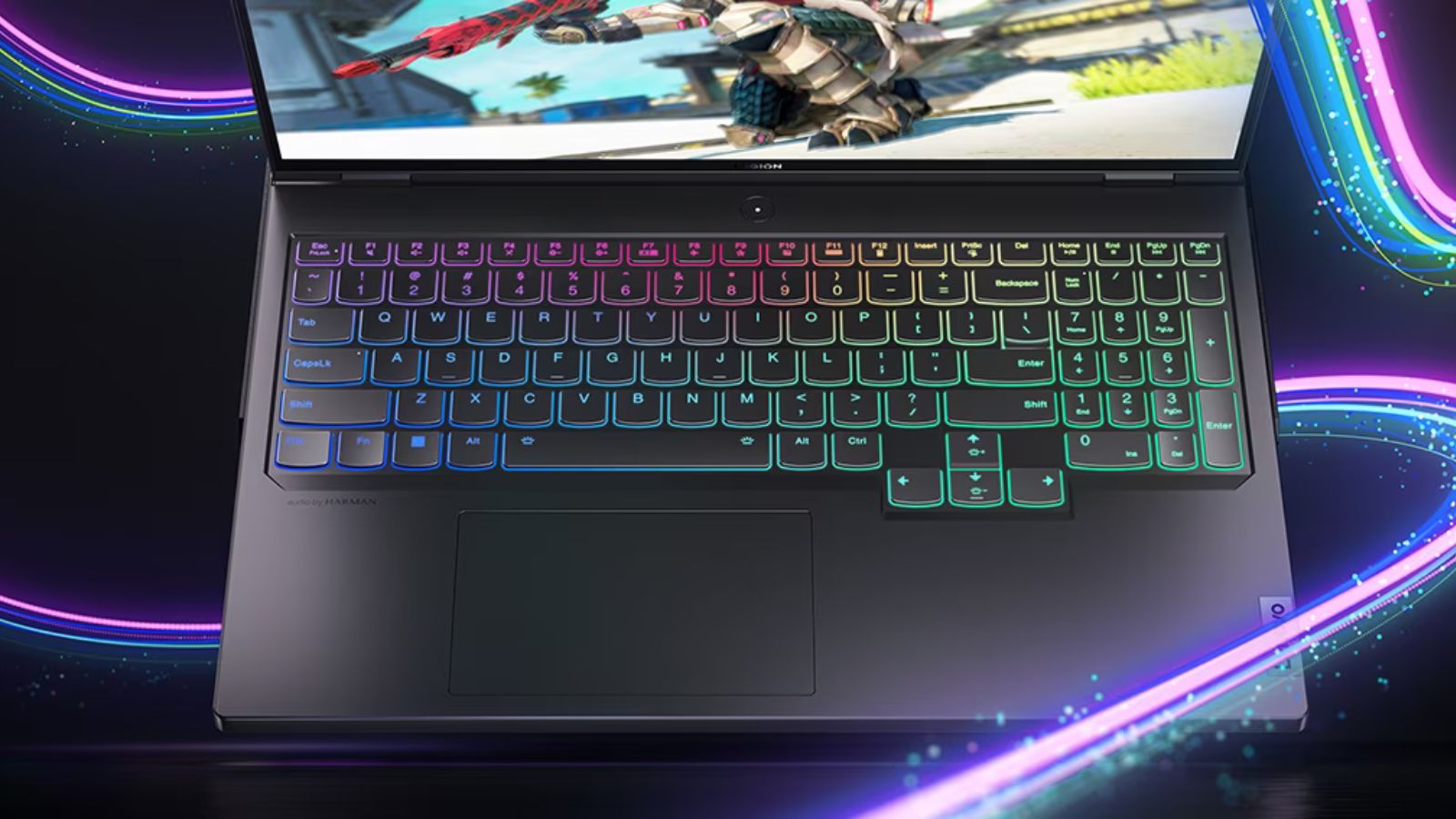Introduction
Choosing the best GPU for a laptop can be a daunting task, as there are numerous factors to consider. Whether you are a gamer looking for a powerful graphics card to enhance your gaming experience, a content creator seeking smooth video editing capabilities, or simply someone on a budget looking for a cost-effective option, finding the right GPU is crucial.
Graphics Processing Units (GPUs) play a vital role in a laptop’s performance, especially when it comes to graphics-intensive tasks. They are responsible for rendering images, videos, and animations, ensuring smooth gameplay and high-quality visuals. With new game titles and software demanding more from GPUs, having the right one is essential to keep up with the latest advancements.
When it comes to choosing a GPU for your laptop, several factors need to be taken into consideration. The type of laptop you have, your usage requirements, and your budget will all play significant roles in determining the best GPU for your needs. It’s important to find a balance between performance and affordability to ensure you’re getting the most value for your money.
In this article, we will explore the best GPUs for various laptop uses and budget levels. Whether you’re a gamer, a content creator, or someone looking for a budget-friendly option, we’ve got you covered. We will also discuss how to upgrade the GPU in your laptop, providing you with useful information to enhance your laptop’s performance in case you decide to make a future upgrade.
So, if you’re ready to find the perfect GPU for your laptop and take your gaming or content creation to the next level, let’s dive in and explore the best options available!
Factors to Consider When Choosing a GPU for a Laptop
When selecting a GPU for your laptop, there are several important factors to consider. Understanding these factors will help you make an informed decision and ensure that the GPU you choose meets your specific needs. Here are some key considerations to keep in mind:
- Performance: The performance of a GPU is crucial, especially if you are a gamer or a content creator. Look for a GPU with a high core count, clock speed, and memory capacity to ensure smooth gameplay and seamless rendering of graphics and videos.
- Compatibility: Not all laptops support external GPUs or have upgradeable GPU options. Check your laptop’s specifications to see if it allows for GPU upgrades or external connections. Consulting with the laptop manufacturer or a knowledgeable technician can also provide valuable insights.
- Power Consumption: GPUs can be power-hungry, so it’s essential to consider the power requirements of the GPU you choose. Ensure that your laptop’s power supply can handle the demands of the GPU to avoid any performance issues or compatibility problems.
- Heat Dissipation: Powerful GPUs generate a significant amount of heat during operation. Make sure your laptop has adequate cooling mechanisms such as larger heat sinks, multiple fans, or even liquid cooling systems to prevent overheating and potential damage to the GPU and other internal components.
- Budget: GPUs come in a wide range of prices, so it’s crucial to determine your budget before making a purchase. Research different options and consider the performance-to-price ratio to find the best GPU within your budget constraints.
- Software Compatibility: Certain software applications, especially for content creation, have specific GPU requirements. Check the software manufacturer’s recommendations to ensure that your chosen GPU is compatible with the software you intend to use.
- Future Upgradability: If you plan to keep your laptop for an extended period, consider the upgradability options of the GPU. Some laptops allow for future upgrades, while others have fixed configurations. Choosing a laptop with upgradable GPU options can help future-proof your device.
By taking these factors into account, you can narrow down the choices and find the GPU that best suits your specific needs and requirements. Remember to prioritize performance, compatibility, power consumption, cooling, budget, software requirements, and future upgradability when making your decision.
The Best GPUs for Gaming Laptops
When it comes to gaming, having a powerful GPU is crucial to ensure smooth gameplay, high frame rates, and immersive visuals. Here are some of the best GPUs for gaming laptops currently available in the market.
- NVIDIA GeForce RTX 3080: The RTX 3080 is a beast of a GPU that delivers unparalleled performance for gaming laptops. With its advanced ray-tracing technology, high core count, and massive VRAM capacity, it can handle even the most demanding games with ease.
- AMD Radeon RX 6700 XT: The RX 6700 XT is a flagship GPU from AMD that offers exceptional gaming performance. It features high clock speeds, ample memory, and support for AMD’s latest technologies, making it an excellent choice for gamers.
- NVIDIA GeForce RTX 3070: The RTX 3070 is another powerful GPU that provides excellent performance for gaming laptops. It offers high frame rates, real-time ray tracing, and AI-enhanced graphics, delivering stunning visuals and smooth gameplay.
- AMD Radeon RX 5700 XT: The RX 5700 XT is a mid-range GPU that offers fantastic value for gamers on a budget. It provides solid gaming performance, supports AMD’s latest features, and is capable of running games at high settings without breaking the bank.
- NVIDIA GeForce GTX 1660 Ti: The GTX 1660 Ti is a popular choice for budget gaming laptops. It offers good performance, efficient power consumption, and supports NVIDIA’s Turing architecture, delivering smooth gameplay for a wide range of games.
These GPUs excel in terms of performance, power efficiency, and compatibility with popular gaming titles. However, it’s essential to consider your laptop’s specifications and your budget before making a decision. Look for laptops that incorporate these GPUs and pair them with a fast processor, ample RAM, and a high refresh rate display for the best gaming experience.
Remember that gaming laptops come in various configurations, so make sure to choose the one that suits your needs. Whether you’re a casual gamer or a hardcore enthusiast, investing in a laptop with a powerful GPU will ensure you can fully enjoy the latest games and push the graphical boundaries of your gaming experience.
The Best GPUs for Content Creation and Video Editing
Content creators and video editors rely heavily on GPUs to handle complex tasks such as rendering high-resolution videos, editing graphics-intensive projects, and running specialized software. Here are some of the best GPUs for content creation and video editing on laptops.
- NVIDIA GeForce RTX 3090: The RTX 3090 is an incredibly powerful GPU that excels in content creation tasks. With its massive 24GB of VRAM, high core count, and excellent performance in rendering and editing software, it is perfect for professionals who require maximum power and efficiency.
- AMD Radeon RX 6900 XT: The RX 6900 XT is a top-tier GPU from AMD that offers exceptional performance for content creators. With its large memory capacity, high clock speeds, and support for hardware acceleration in popular editing software, it can handle even the most demanding tasks with ease.
- NVIDIA GeForce RTX 3080: The RTX 3080 is not only excellent for gaming but also a formidable option for content creation. It provides a balance of high performance, ample VRAM, and support for real-time ray tracing, AI-enhanced graphics, and hardware acceleration in editing software.
- AMD Radeon RX 6800 XT: The RX 6800 XT is a powerful GPU from AMD that offers impressive performance in content creation and video editing tasks. With its high core count, fast clock speeds, and support for professional-grade editing software, it provides great value for professionals.
- NVIDIA GeForce GTX 1660 Ti: The GTX 1660 Ti, while known for gaming, also performs well in content creation and video editing. It offers good performance, efficient power consumption, and cost-effectiveness, making it a suitable choice for those on a budget.
These GPUs excel in tasks like video editing, rendering, animation, and graphic design. However, keep in mind that the performance of a GPU is not solely dependent on the GPU itself. Other factors like the CPU, RAM, and storage speed also play a crucial role in the overall performance of your laptop when it comes to content creation and video editing tasks.
Consider the specific software you use for content creation and video editing, as some applications may have unique GPU requirements. It’s a good idea to check with the software manufacturer for their recommended GPUs to ensure compatibility and optimal performance.
To get the most out of these GPUs, make sure your laptop has ample RAM, a fast processor, and a high-resolution display, enabling you to work efficiently and produce professional-quality content.
The Best Budget-Friendly GPUs for Laptops
If you’re on a tight budget but still want to enjoy decent gaming performance or handle basic content creation tasks, there are affordable GPUs available for laptops that provide great value for money. Here are some of the best budget-friendly GPUs to consider.
- NVIDIA GeForce GTX 1650: The GTX 1650 is a budget-friendly GPU that offers solid gaming performance for casual gamers. It provides good frame rates in popular games and supports NVIDIA’s Turing architecture for enhanced visuals.
- AMD Radeon RX 5500M: The RX 5500M is an affordable GPU from AMD that delivers decent gaming performance and power efficiency. It offers a good balance between price and performance for budget-conscious gamers.
- NVIDIA GeForce MX350: The MX350 is a low-power GPU designed for thin and light laptops. While it may not provide top-tier gaming performance, it is suitable for casual gaming and content consumption.
- AMD Radeon RX Vega 8: The integrated Vega 8 GPU is an excellent budget-friendly option for laptops. It offers reasonable gaming performance for casual titles and can handle basic content creation tasks without the need for a dedicated GPU.
- Intel Iris Xe Graphics: The integrated Iris Xe Graphics is another viable option for budget-friendly laptops. It provides respectable gaming performance in older or less demanding titles and is suitable for general tasks and multimedia consumption.
While these GPUs may not compete with their higher-end counterparts in terms of raw power, they offer a cost-effective solution for those with limited budgets. They are well-suited for casual gamers, students, and individuals who need to handle everyday computing tasks without breaking the bank.
It’s important to note that budget-friendly GPUs may have limitations, such as lower memory capacity or lesser shader cores, compared to higher-end models. However, they still provide a satisfactory gaming experience and can handle basic content creation tasks, making them a practical choice for entry-level users.
When selecting a budget-friendly GPU, consider your specific needs and usage requirements. If gaming is your primary concern, choose a GPU that offers good gaming performance within your budget. If content creation or multimedia consumption is your focus, integrated GPUs like the Radeon RX Vega 8 or Intel Iris Xe Graphics can provide satisfactory performance.
Remember to consider other factors like CPU, RAM, and storage when choosing a budget-friendly laptop. A well-rounded system with a balanced configuration will ensure smooth performance and an optimal user experience, even with a budget-friendly GPU.
How to Upgrade the GPU in Your Laptop
Upgrading the GPU in a laptop can be more challenging compared to desktop computers, as most laptops have integrated or non-upgradable graphics. However, if your laptop supports GPU upgrades or has an external GPU connectivity option, here’s a general guide on how to upgrade:
- Check Compatibility: Before purchasing a new GPU, ensure that it is compatible with your laptop. Check the manufacturer’s website or consult with their support team to find out if your laptop supports GPU upgrades and the specific GPU models that are compatible.
- Prepare the Laptop: Power off your laptop and unplug it from the power source. Remove the battery (if possible) to eliminate any risk of electrical shock. It’s also a good idea to back up your important files in case something goes wrong during the upgrade process.
- Access the GPU Slot: Some laptops have easy access to the GPU slot, while others require disassembly. Refer to the laptop’s user manual or online guides for specific instructions on how to access the GPU slot. Be careful and follow proper grounding procedures to avoid static electricity damage.
- Remove the Old GPU: If your laptop has an existing dedicated GPU, carefully remove it by gently disconnecting the connecting cable and unscrewing any screws holding it in place. Take note of the old GPU’s orientation for proper installation of the new one.
- Install the New GPU: Align the new GPU with the slot, making sure it fits properly. Gently push the GPU into place until it is securely seated. Reattach the connection cables and screws that were removed earlier, ensuring a tight and secure fit.
- Close Up and Test: Carefully put the laptop back together, following the reverse steps of disassembly. Double-check that all cables and components are properly connected and secured. Reinsert the battery (if removed) and plug in the power source. Power on the laptop and check if the new GPU is detected and functioning correctly.
Please note that upgrading the GPU in a laptop may void the warranty and should be done with caution. If you are unsure or uncomfortable performing the upgrade yourself, it is recommended to seek professional assistance from a qualified technician.
It’s also worth considering external GPU options, which allow you to connect a high-performance GPU to your laptop via Thunderbolt or USB-C ports. This can be a more straightforward solution for upgrading your laptop’s graphics performance without the need for internal modification.
In any case, research the compatibility, support, and performance gains you can expect from upgrading the GPU in your specific laptop model. Understand the potential limitations and trade-offs before making a final decision.
Conclusion
Choosing the best GPU for your laptop is a critical decision that can greatly impact your gaming experience, content creation capabilities, and overall performance. By considering factors such as performance, compatibility, power consumption, budget, and software requirements, you can make an informed choice that meets your specific needs.
For gamers, high-end GPUs like the NVIDIA GeForce RTX 3080 and AMD Radeon RX 6700 XT offer unparalleled performance and advanced features like ray tracing and AI-enhanced graphics. Budget-conscious gamers can opt for GPUs like the NVIDIA GeForce GTX 1660 Ti or AMD Radeon RX 5500M, which provide solid performance at affordable prices.
If content creation and video editing are your primary focus, powerful GPUs like the NVIDIA GeForce RTX 3090 and AMD Radeon RX 6900 XT can handle demanding tasks with ease. For those on a budget, options like the NVIDIA GeForce GTX 1650 or integrated GPUs like Intel Iris Xe Graphics and AMD Radeon RX Vega 8 offer cost-effective solutions.
Should you decide to upgrade the GPU in your laptop, be sure to check compatibility, follow proper procedures, and consider the potential warranty implications. Alternatively, exploring external GPU options can provide a simpler way to enhance your laptop’s graphics performance.
Ultimately, finding the best GPU for your laptop requires balancing performance, budget, and compatibility. With the right GPU, you can unlock a world of immersive gaming experiences, seamless content creation, and efficient workflow. So, assess your needs, do your research, and make an informed decision to take your laptop’s graphics capabilities to new heights.







